Chettle House Gardens: A special place, a fascinating history, and gardens that become softer and more romantic with every passing year
Hidden by gentle neglect and revealed by research, the remarkably intact 18th-century garden of Chettle House, Dorset, has been brilliantly reinterpreted by landscape designer Pip Morrison. Christopher Stocks paid a visit; photographs by Clive Nichols.

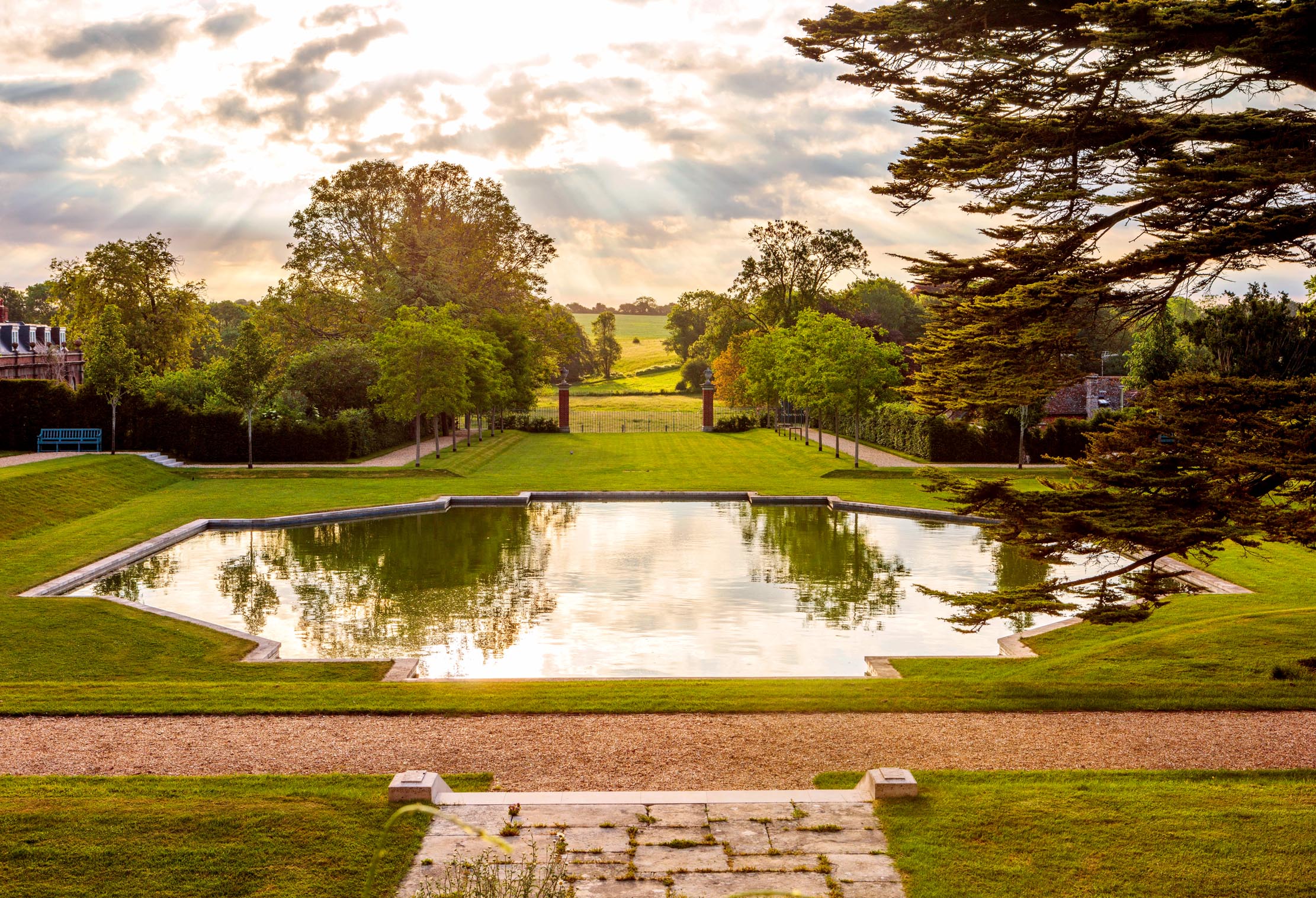
Tom and Rosamond Sweet-Escott liked Chettle so much they almost bought it twice. This beautifully eccentric early-18th-century house came up for sale in 2015, having been owned by the same family for the previous 400 years. The Sweet-Escotts put in an offer, but were pipped to the post, only for the buyers to have second thoughts and sell it to them after all.
The tale of its long and painstaking repair has been detailed by John Martin Robinson in Country Life, but the gardens of Thomas Archer’s Baroque edifice have proved to be as fascinating — and enigmatic — as the history of the house itself.
Chettle was built in about 1715 for George Chafin, shortly after his marriage to a local heiress and his election as an MP for Dorset, a position he was to hold for the next 40 years. It stands on the edge of the pretty village that shares its name, on the glorious chalk uplands of Cranborne Chase, a vast medieval hunting ground that remains remarkably wild and woolly to this day, criss-crossed by Roman roads and peppered with prehistoric earthworks.
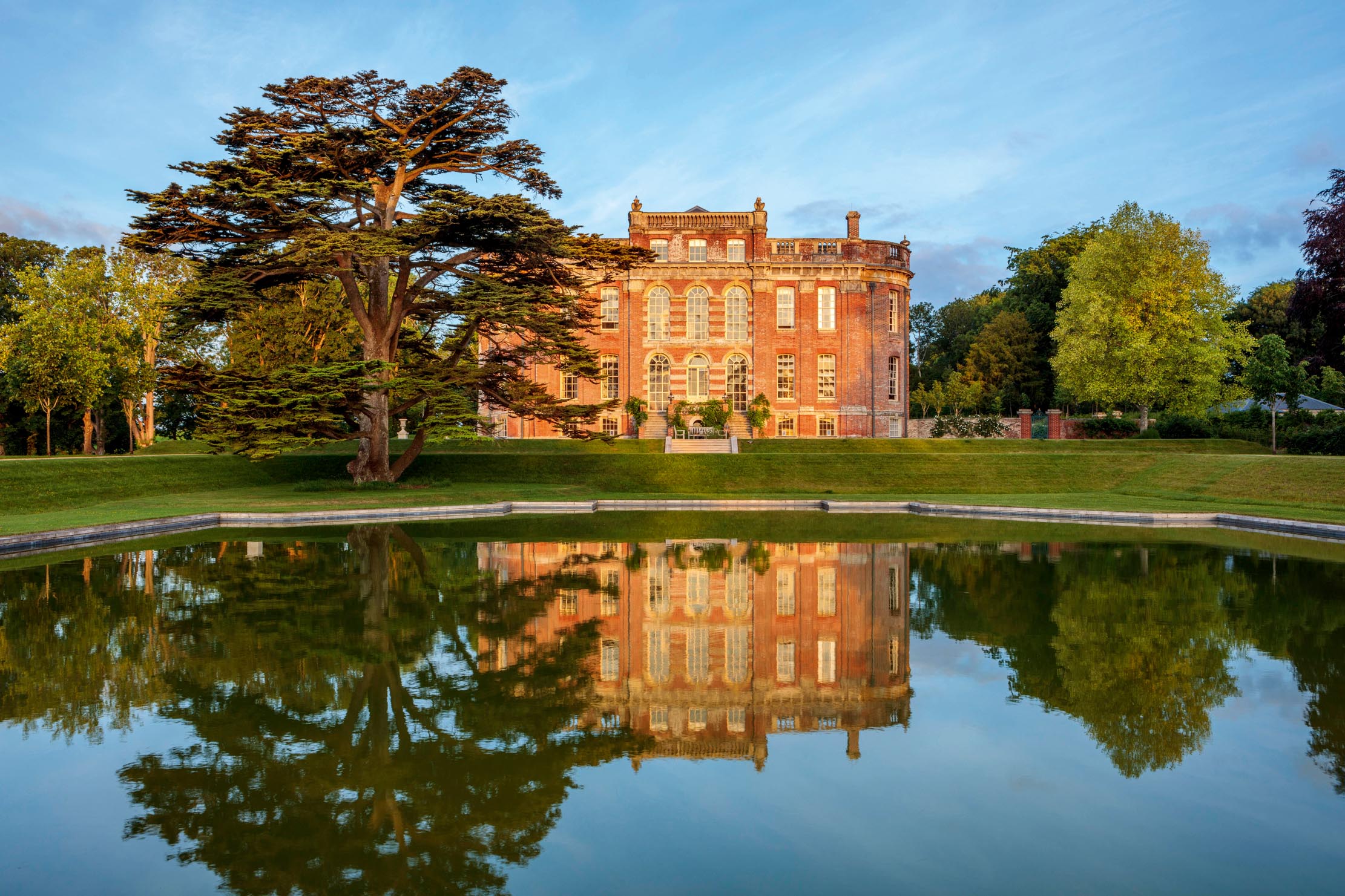
The house was long a puzzle to architectural historians, with documentary evidence for Archer’s authorship only coming to light in recent years, but its mystery was as nothing compared with the grounds. Gardens there must surely have been to frame such an ambitious house, yet not a single sketch, plan or early description has ever been found.
When the Sweet-Escotts arrived, the house and its park had been in slow, but steady decline for the best part of a century, as the former owners fought a losing battle to generate income for the estate by, inter alia, dividing the house into flats, converting the kitchen garden into a lumber yard, doing teas, planting a vineyard, digging fishponds and setting up a caravan park. As with the house, careful restoration was in order. But who to ask?
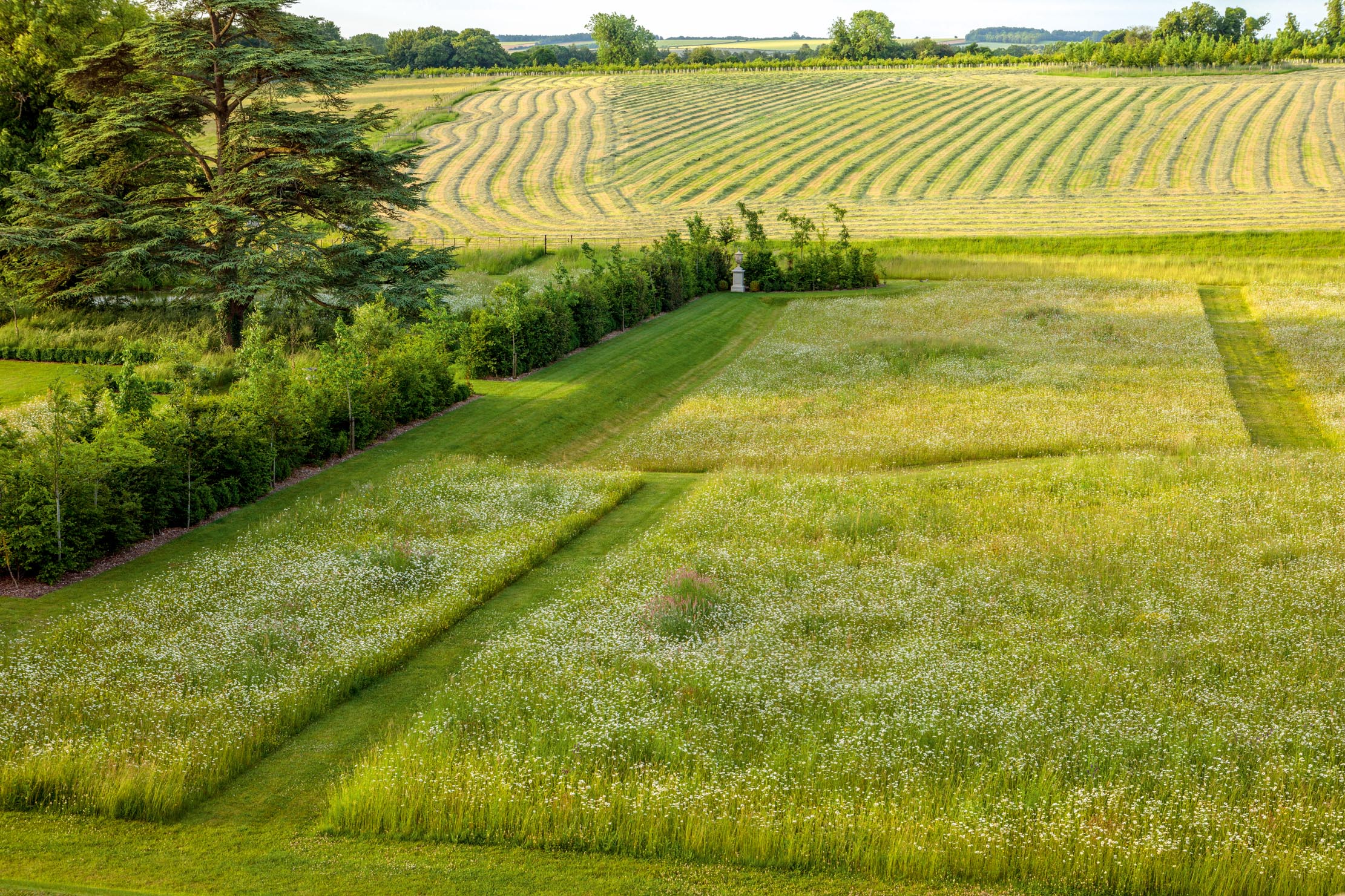
Luckily the Sweet-Escotts knew just the person. Although they were born in Dorset, for 18 years they had lived in Hampshire and among their neighbours had been landscape designers Kim Wilkie and Pip Morrison, both renowned for their deeply informed and imaginative approach to historic gardens.
‘We wanted Pip to do it from the start,’ Mrs Sweet-Escott says. ‘We’d known each other for years and were already friends, so it was an easy choice to make.’ A protégé of the great garden designer Mary Keen, Mr Morrison may not have such a high profile as Mr Wilkie (largely by choice, one suspects: he doesn’t even have a website), but, over the past 20 years, he has established an enviable reputation for his thoughtful and understated schemes, mostly for private gardens.
Exquisite houses, the beauty of Nature, and how to get the most from your life, straight to your inbox.
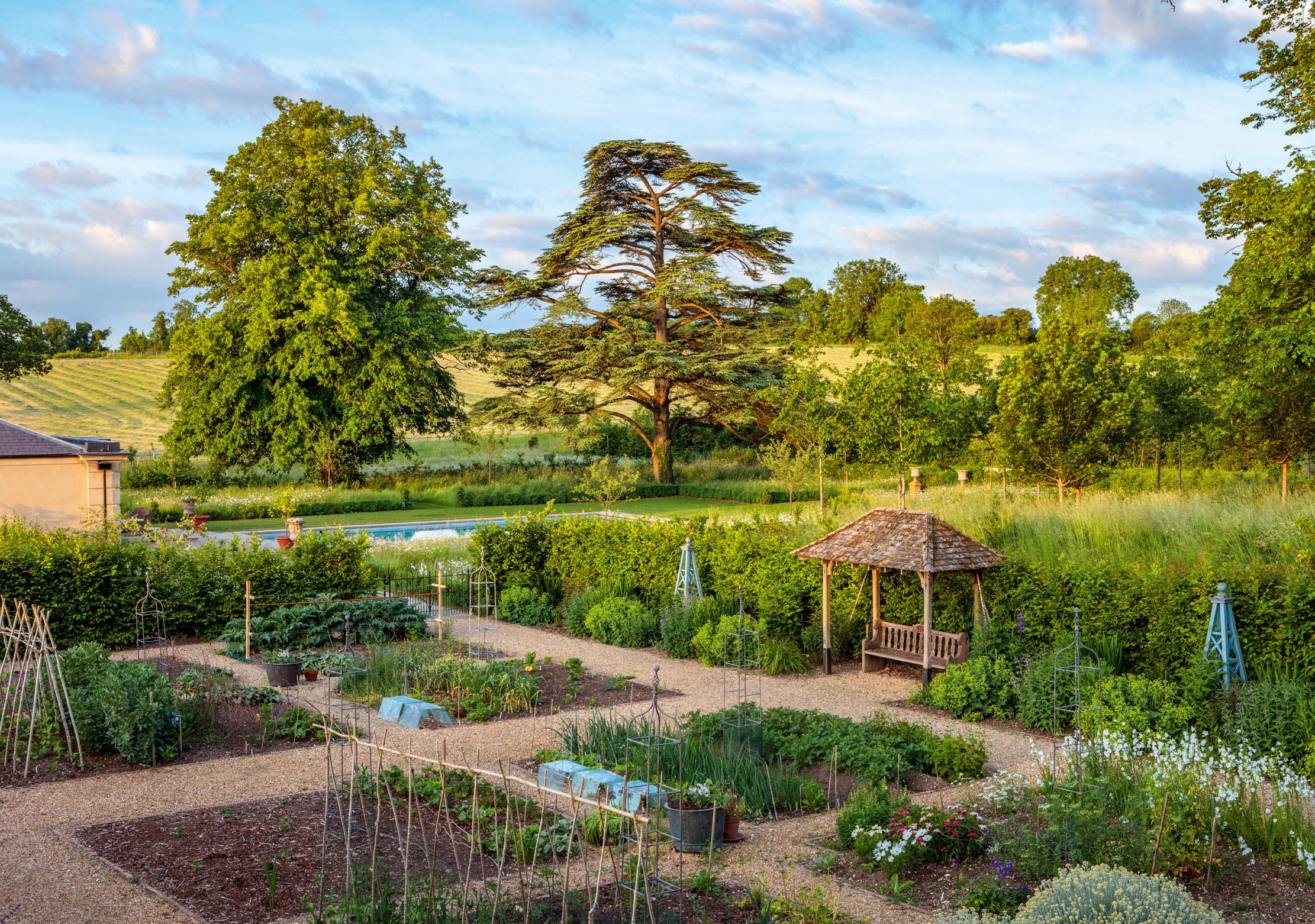
As Mr Morrison started work on a masterplan, the historian Kate Felus, author of The Secret Life of the Georgian Garden, was commissioned to research the garden’s history. With the help of old maps, local accounts and a detailed site survey, Dr Felus established that ‘underneath the gentle neglect was a remarkably intact garden of the late 1710s, practically unchanged since the completion of the house’.
Despite the dearth of evidence, this garden can still clearly be ‘read’ on the ground. The rectangular plan of the house, with its distinctive rounded corners, means there are two principal fronts, facing east and west, with the narrower ends of the rectangle facing north and south. The original approach was from the east and, on that side, the imposing height of the house was emphasised by a sunken lawn, once framed by enclosing walls.
The west side of the house overlooked a level green, framed on either side by two square, wooded enclosures (historically known as the Rookeries); on the central axis beyond the lawn was a short avenue projecting out into the park. Defined by raised banks that narrowed towards its end, this was presumably a perspectival device to make the avenue look longer than it really was.

These simple features, Dr Felus points out, ‘were not revolutionary and were far from extravagant... Although Chafin managed to afford himself an exciting little gem of a house, one cannot say the same for the landscape and, with other evidence, the impression given is this was just enough to set off the house and be appropriate for its status’.
Mr Morrison’s masterplan restores most of the substance of the early-18th-century design, including the earth banks that surround the Rookeries and define the western avenue. Post-18th-century accretions have been removed and tens of thousands of trees planted around the house and wider park. ‘Pip has been brilliant about coming up with long views,’ says Mr Sweet-Escott, and you can understand his enthusiasm: sensitive thinning has revealed extended vistas from the house along the western avenue, to the south (now a wildlife meadow), to the village church on the north side and, perhaps most cunningly, from the east front, where a distant view of rising ground has been framed by a claire voie at the boundary of the garden and some judicious tree-pruning two fields away.
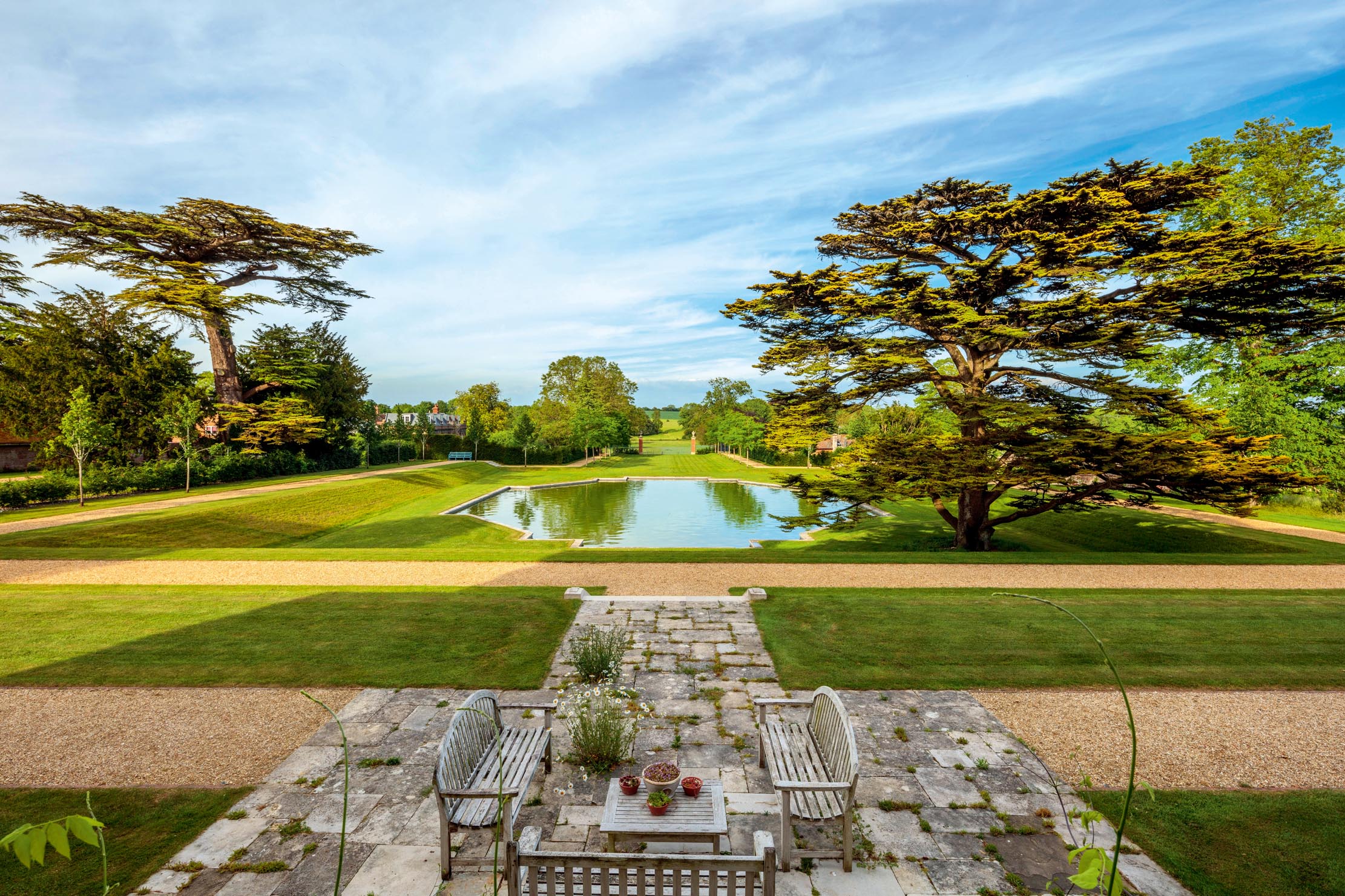
All this might make Mr Morrison’s scheme sound like a historicist re-creation, but it also adds some striking new elements. ‘One thing we knew we wanted was water,’ says Mrs Sweet-Escott, which gave their designer an idea. Water was the one thing missing from the 18th-century garden — probably, as Dr Felus suggests, because the underlying chalk means surface water rarely stays for long.
Taking his cue from Archer’s garden plan for Aynhoe Park in Oxfordshire, a photograph of Easton Neston in Northamptonshire and a design by the 18th-century landscape architect Charles Bridgeman, Mr Morrison came up with a grand reflecting pool, which dominates the sunken east lawn.
Topped up by rainwater from the roof, it is a full 6ft deep (the depth discourages weed) and took weeks to fill from the well that supplies the Sweet-Escotts’ water. There is also a circular fountain on the south front, as well as a wildlife pond and a swimming pool, enclosed by lush grasses and apple trees.
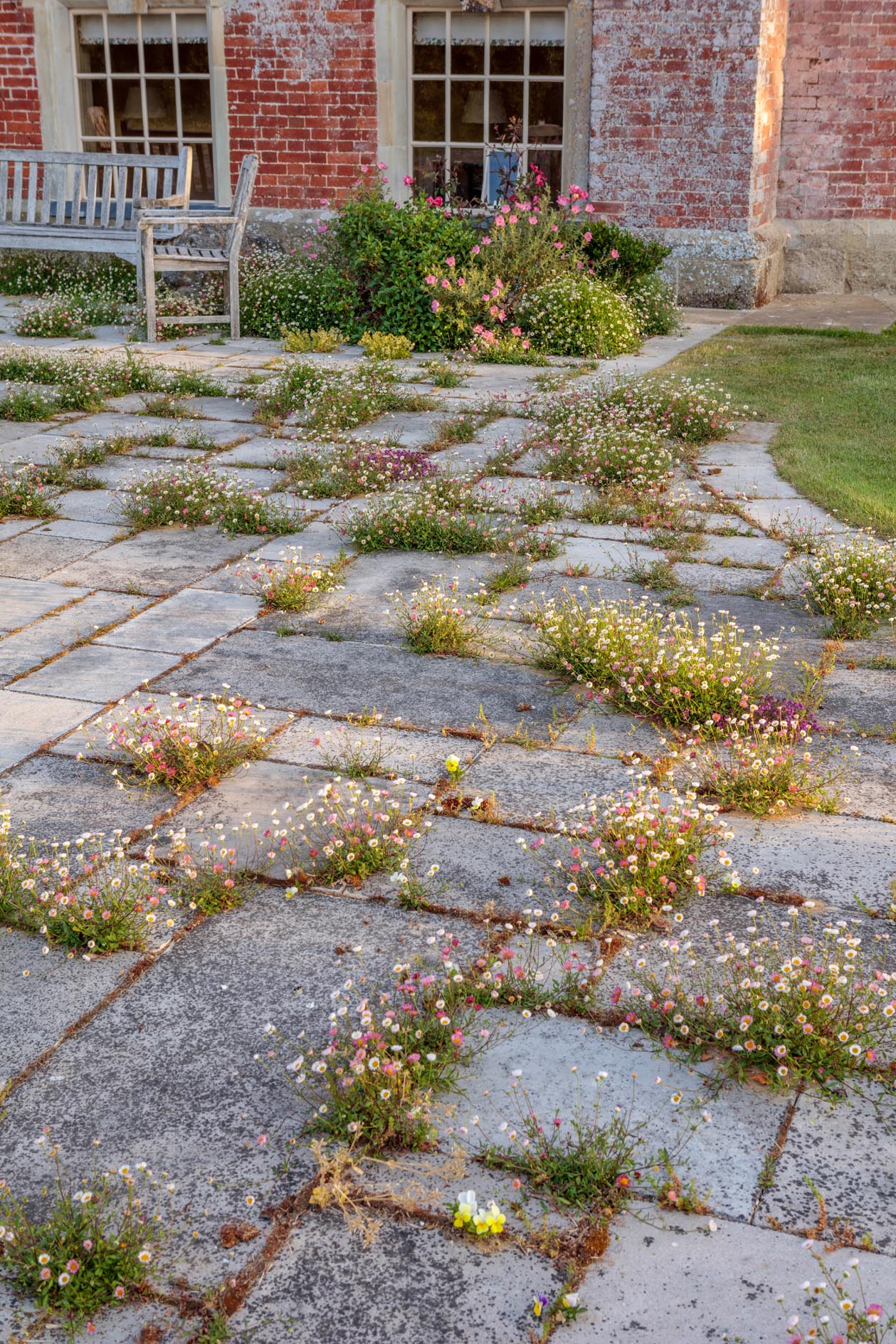
The planting throughout is restrained, refined and mainly naturalistic; as Mr Morrison says: ‘It’s all pretty spare and formal and intended to make the showy house the centre of attention, as well as the views out from it.’
That, perhaps, undersells the extent, as well as the quality, of his work. Although the setting may seem a little austere today, it is carefully designed, in Mr Morrison’s words, ‘to become softer and more romantic in time’. This is a very special place, with a fascinating history, and it is heartening to see how beautifully it has been brought back to life and prepared for the next chapter in its story.

Chettle House: Almost a ruin 200 years ago; a triumph today — 'Everything about the house is novel and ingenious'
Chettle House, Dorset, is the home of Tom and Rosamond Sweet-Escott, whose major restoration project saw them win a Georgian
Country Life is unlike any other magazine: the only glossy weekly on the newsstand and the only magazine that has been guest-edited by His Majesty The King not once, but twice. It is a celebration of modern rural life and all its diverse joys and pleasures — that was first published in Queen Victoria's Diamond Jubilee year. Our eclectic mixture of witty and informative content — from the most up-to-date property news and commentary and a coveted glimpse inside some of the UK's best houses and gardens, to gardening, the arts and interior design, written by experts in their field — still cannot be found in print or online, anywhere else.
